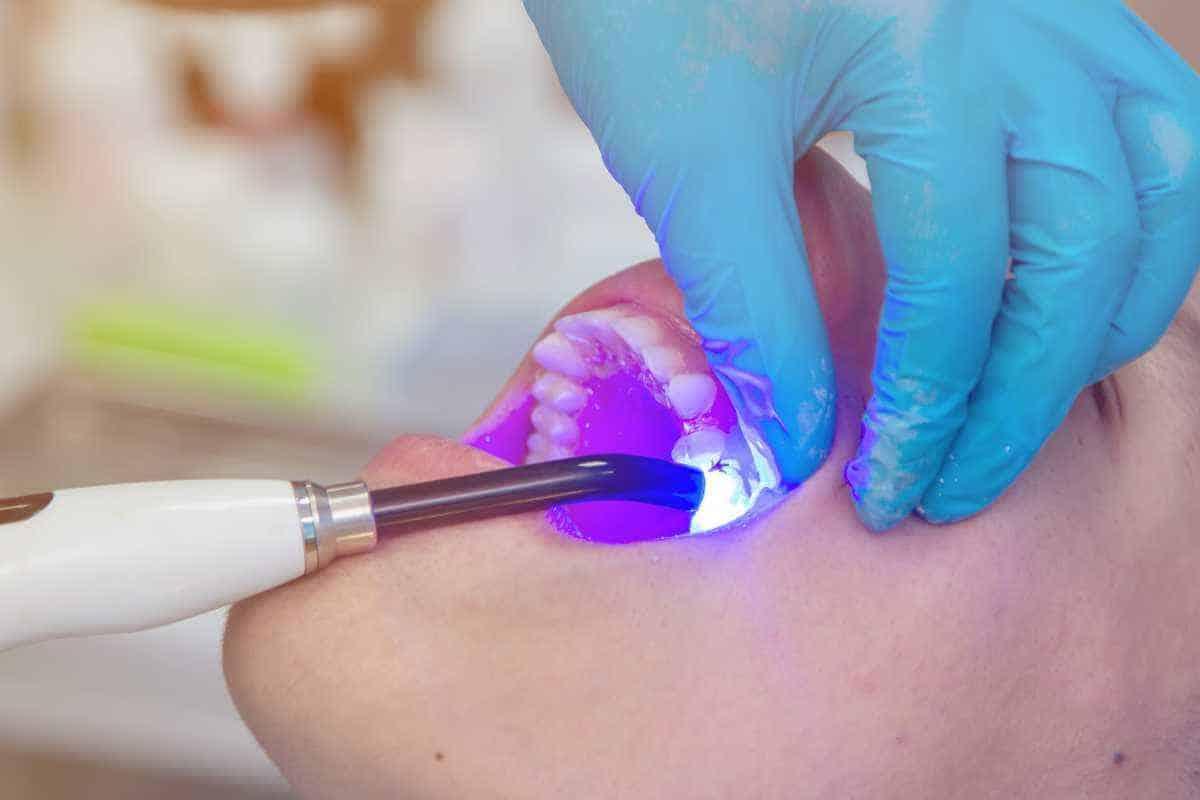Polymerization lamps play a vital role in dental procedures that involve dental composites, bonding agents and other light cure materials. These lamps are used by dentists to cure light-activated materials through the application of specific wavelengths of visible light. This article discusses the latest developments and technological advancements in dental polymerization lamps and how they are improving dental restorations.
Types of Polymerization Lamps
There are different types of polymerization lamps available based on their light source technology:
Halogen Lamps
Traditional halogen lamps were the first generation of Dental Polymerization Lamps used widely by dentists. They use halogen bulbs as the light source which emit broad spectrum visible light needed to cure composites. While affordable, halogen lamps are less powerful and energy efficient compared to newer technologies. They also have shorter lifespans.
LED Lamps
Light emitting diode or LED lamps have now become the most popular type of polymerization lamp used in dental practices. LED lamps offer several advantages over halogen lamps. They emit light in specific wavelength ranges that are most effective at polymerizing dental materials without excess heat generation. LED lamps also last longer with lifespans of up to 10,000 hours compared to 50-100 hours for halogen lamps. Their compact size and lightweight design makes them very portable. LED lamps are also more energy efficient.
Plasma Arc Lamps
Plasma arc lamps employ an electrical plasma arc discharge as the light source. They emit polychromatic light and are the most powerful type of polymerization lamps available currently. Due to their high light intensity output, plasma arc lamps achieve faster curing times compared to halogen and LED lamps. However, they are more expensive and generate more heat during operation.
Technological Advancements
Polymerization lamp manufacturers are continuously innovating to improve curing performance and dental practice efficiency:
Multi-Wave LED Technology
Advanced LED lamps now incorporate multiple light emitting chips or diodes optimized for different wavelength ranges. These multi-wave or multi-peak LED lamps can emit light in the blue, red and other spectrums resulting in more efficient curing. They achieve hardening of both bulk fill and conventional layering composites with shorter curing cycles.
Curing Modes
Newer polymerization lamps offer different curing modes and timer functions customized for various dental restoration techniques and material layers. For example, ramped or stepped curing allows incremental exposure to light over set durations ideal for bulk fill composites. Pre-programmed protocols automate the curing process.
Curing Validation
Some high-end lamps are equipped with light intensity sensors and data logging features to document curing effectiveness. Dentists can review logs as validation of adequate curing for restorations. This helps address issues relating to premature failures. Built-in spectroradiometers in advanced units precisely measure light output.
Wireless Connectivity
Bluetooth and WiFi enabled polymerization lamps are becoming available which allow wireless transfer of curing data to practice management software. Remote monitoring and analytics of lamp performance over time is now possible for predictive maintenance.
Impact on Dentistry
Technological improvements in dental curing lights are translating to better clinical outcomes for patients:
Faster and More Effective Curing
Polymerization lamps with greater light intensity output and customized curing cycles harden composites and adhesives quicker. This speeds up restorative procedures without compromising quality.
Reliability and Durability
LED and plasma arc lamps last significantly longer than halogen lamps, reducing long term equipment costs for dental practices. Built to withstand heavy usage, they deliver consistent performance over years of service.
Material Optimization
Dental material manufacturers are developing new composites, adhesives and lining resins optimized for efficient curing with latest polymerization technologies. This allows for simplified application protocols for dentists.
Reduced Post-Op Sensitivity
Adequate and complete curing translates to fewer instances of post-operative sensitivity in patients due to uncured resin. It enhances the longevity and comfort of resin-based restorations.
Practice Efficiency
Built-in features like auto-curing modes, data tracking and wireless capabilities streamline operations for dentists resulting in higher productivity and improved practice management.
Polymerization lamps continue to evolve significantly backed by technological innovations. Improved light curing equipment combined with new material formulations are translating to improved dental restorations and enhanced patient experiences. Looking ahead, the use of polymerization lasers and advanced 3D light curing of complex restorations hold promise to further transform restorative dentistry.
Get More Insights On This Topic: Dental Polymerization Lamps
Explore More Related Topic: Locomotive Leasing

